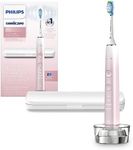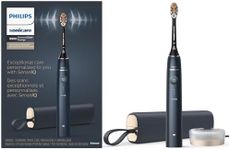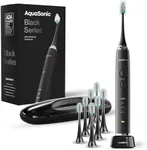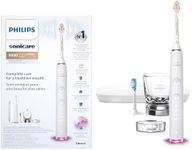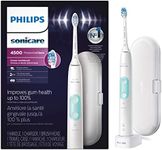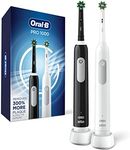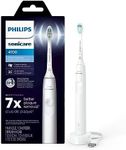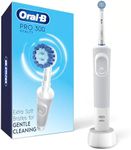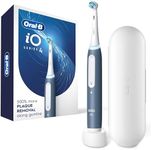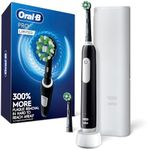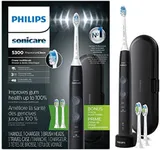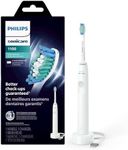Buying Guide for the Best Electric Toothbrushes
Choosing the right electric toothbrush can make a big difference in your oral hygiene routine. With so many options available, it's important to focus on features that match your personal needs and preferences. Think about your brushing habits, any dental concerns you have, and what will make it easiest for you to maintain a healthy smile. Understanding the key specifications will help you make a confident and informed choice.Brushing ModesBrushing modes refer to the different settings an electric toothbrush offers, such as daily clean, sensitive, gum care, whitening, or deep clean. These modes adjust the speed and motion of the brush to suit different needs. If you have sensitive teeth or gums, a gentle or sensitive mode can help prevent discomfort. For those looking to remove surface stains, a whitening mode may be useful. Consider your dental needs and choose a toothbrush with modes that match your routine, but remember that more modes aren't always necessary if you only use one or two.
Brush Head CompatibilityBrush head compatibility means which types of replacement heads can fit onto the toothbrush handle. Some models only work with specific heads, while others offer a wider range of options, such as heads for sensitive teeth, orthodontic care, or deep cleaning. If you have particular dental needs or want to try different types of cleaning, look for a toothbrush that supports a variety of brush heads. This flexibility can help you adapt your brushing as your needs change.
Battery LifeBattery life indicates how long the toothbrush can operate before needing a recharge. Some brushes last only a few days, while others can go for weeks on a single charge. If you travel often or don't want to worry about frequent charging, a longer battery life is more convenient. For home use, shorter battery life may be less of an issue if you can easily recharge the brush. Think about your lifestyle and how often you want to deal with charging.
Timer and PacerA timer helps you brush for the dentist-recommended two minutes, while a pacer divides this time into intervals to ensure you clean all areas of your mouth evenly. This feature is important for building good brushing habits and making sure you don't rush. If you tend to brush too quickly or unevenly, a toothbrush with a built-in timer and pacer can help you improve your technique and get a more thorough clean.
Pressure SensorA pressure sensor alerts you if you're pressing too hard while brushing, which can protect your gums and enamel from damage. This is especially important for people who tend to brush aggressively or have sensitive gums. If you're unsure about your brushing pressure or have been told by your dentist to be gentler, choosing a toothbrush with a pressure sensor can help you maintain a safe and effective brushing routine.
Cleaning TechnologyCleaning technology refers to how the toothbrush moves to clean your teeth, such as oscillating-rotating, sonic, or ultrasonic movements. Each type has its own way of removing plaque and debris. Oscillating-rotating brushes use a circular motion, while sonic brushes vibrate at high speeds. If you have a preference based on comfort or past experience, or if your dentist has recommended a certain type, let that guide your choice. Otherwise, all major types are effective when used properly.
Ease of Use and ErgonomicsEase of use and ergonomics describe how comfortable and simple the toothbrush is to hold and operate. Features like a non-slip grip, lightweight design, and intuitive controls can make brushing easier, especially for children, seniors, or anyone with limited hand mobility. If comfort and simplicity are important to you, pay attention to the handle design and button placement to ensure you enjoy using your toothbrush every day.
